
Stomach Pain and Nausea: Causes, Symptoms, and Treatments
Stomach Pain and Nausea: Causes, Symptoms, and Treatments
Stomach pain and nausea are two of the most common and uncomfortable symptoms people experience. While they often occur together and are linked to simple digestive issues, they can also signal a more serious underlying condition. This article will help you understand the various causes of these symptoms, from minor irritations to medical emergencies, and provide guidance on how to find relief and when to seek professional help.

Common Causes of Stomach Pain and Nausea
1. Gastroenteritis (Stomach Flu)
This is a very common cause of stomach pain, often accompanied by vomiting and diarrhea. It's an inflammation of the stomach and intestines, usually caused by a viral or bacterial infection. Symptoms can range from mild to severe and may also include fever, chills, and fatigue.
2. Food Poisoning
When you consume food contaminated with bacteria, viruses, or parasites, your body reacts with a sudden onset of symptoms. The pain is often sharp and may be accompanied by violent vomiting and explosive diarrhea as your body attempts to expel the toxins.
3. Indigestion and Heartburn
If you experience a burning sensation in your upper abdomen after eating, along with a feeling of nausea, it could be indigestion or heartburn. These symptoms are caused by stomach acid irritating the lining of your esophagus and stomach.
4. Peptic Ulcers and Gastritis
Inflammation of the stomach lining (gastritis) or open sores in the lining of the stomach or small intestine (peptic ulcers) can cause persistent, burning stomach pain and nausea, often felt in the upper abdomen. The pain from an ulcer can be so severe that it wakes you up at night.
5. Food Intolerances
Unlike a food allergy, which triggers an immune response, a food intolerance is an unpleasant reaction that occurs when your digestive system has trouble processing a certain food. Common culprits include lactose and gluten. Symptoms often include gas, bloating, stomach cramps, and nausea.

Chronic Digestive Conditions
If your stomach pain and nausea are persistent or recurring, they may be a symptom of a chronic digestive condition.
-
Irritable Bowel Syndrome (IBS): A common disorder that affects the large intestine. It can cause cramping, abdominal pain, bloating, and gas, often accompanied by alternating bouts of diarrhea and constipation.
-
Inflammatory Bowel Disease (IBD): This includes conditions like Crohn's disease and ulcerative colitis. IBD causes chronic inflammation of the digestive tract, leading to severe abdominal pain, nausea, vomiting, and often bloody diarrhea.
-
Diverticulitis: This condition occurs when small pouches in the lining of the colon become infected. It can cause severe, consistent pain in the lower abdomen, fever, and nausea.
Other Medical Conditions
Sometimes, stomach pain and nausea can be a sign of a more serious, non-digestive issue.
-
Kidney Stones: The pain from a kidney stone can be excruciating, radiating from your back to your lower abdomen and groin. The pain often comes in waves and is so severe that it can cause nausea and vomiting.
-
Gallbladder Attack: If you have gallstones, a sudden, sharp pain in your upper right abdomen may signal a gallbladder attack. This is often triggered by a fatty meal and is accompanied by nausea and vomiting.
-
Appendicitis: This is a medical emergency. Appendicitis typically begins with a dull pain around your belly button that shifts to your lower right abdomen. The pain intensifies and is accompanied by nausea, vomiting, and sometimes a low-grade fever.
-
Stress and Anxiety: Your brain and gut are directly connected. High levels of stress and anxiety can disrupt digestive function, leading to symptoms like stomach cramps, nausea, and changes in bowel habits.
Treatment and Home Remedies
For mild cases of stomach pain and nausea, you can often find relief with simple home remedies.
-
Hydration: Drink plenty of water, especially if you have been vomiting or have diarrhea, to prevent dehydration.
-
Ginger: Ginger has long been used to soothe an upset stomach and combat nausea. Try sipping on ginger tea or a ginger ale made with real ginger.
-
Chamomile Tea: Chamomile has anti-inflammatory properties that can help relax stomach muscles and reduce cramping and spasms.
-
Bland Diet: Stick to bland, easy-to-digest foods like bananas, rice, applesauce, and toast (BRAT diet). Avoid greasy, spicy, or fatty foods that can irritate your stomach.
-
Warm Compress: Placing a warm heating pad or compress on your abdomen can help relax muscles and provide an analgesic effect.
When to See a Doctor
While most cases of stomach pain and nausea resolve on their own, some symptoms should not be ignored. Seek immediate medical attention if you experience:
-
Severe, sudden, or persistent abdominal pain.
-
Pain that moves to your lower right abdomen.
-
High fever or chills.
-
Inability to keep down fluids for more than 24 hours.
-
Signs of dehydration, such as dark urine or extreme fatigue.
-
Bloody vomit or blood in your stool.
If your stomach pain and nausea are chronic, recurring, and impacting your daily life, it's a good idea to consult a doctor to get an accurate diagnosis and treatment plan.
News in the same category

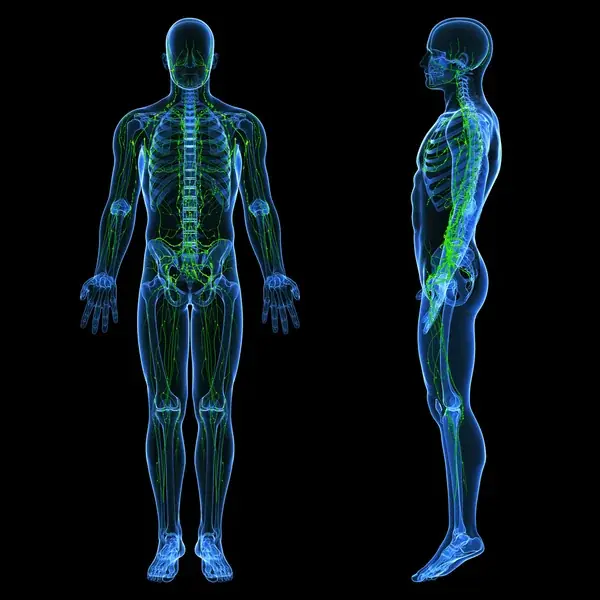
Three-Day Lymphatic Cleanse to Keep You Healthy All Year Long

Three-Day Lymphatic Cleanse to Keep You Healthy All Year Long

Scientifically Proven Benefits of Pumpkin Seeds (Pepitas) and Pumpkin Seed Oil

What Happens When You Eat 3 Whole Eggs Every Day…You’ll Be Surprised What It Does To Your Body!

More people are dying from heart failure, doctors warn: give up these 4 habits now
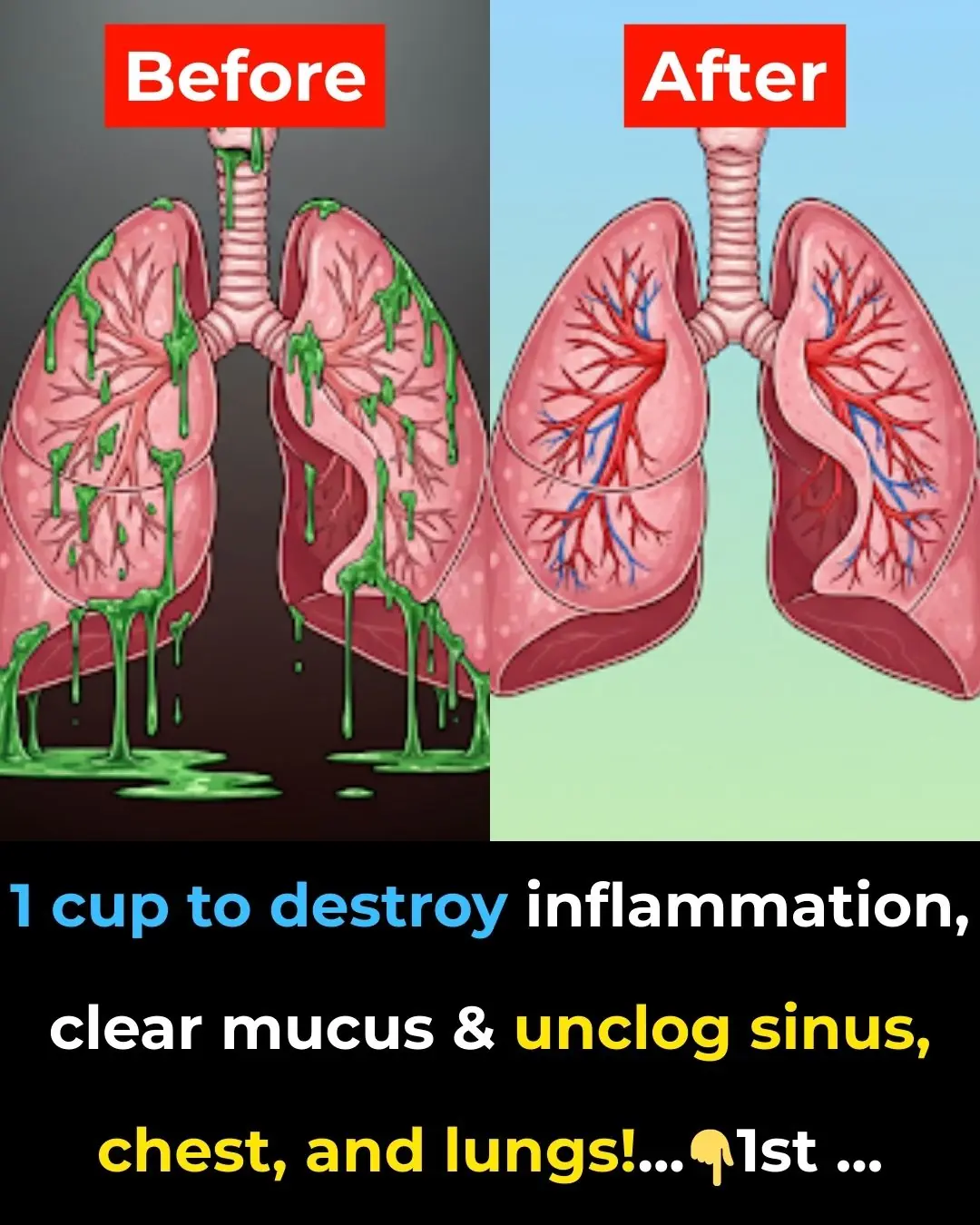
1 cup to destroy inflammation, clear mucus & unclog sinus, chest, and lungs!
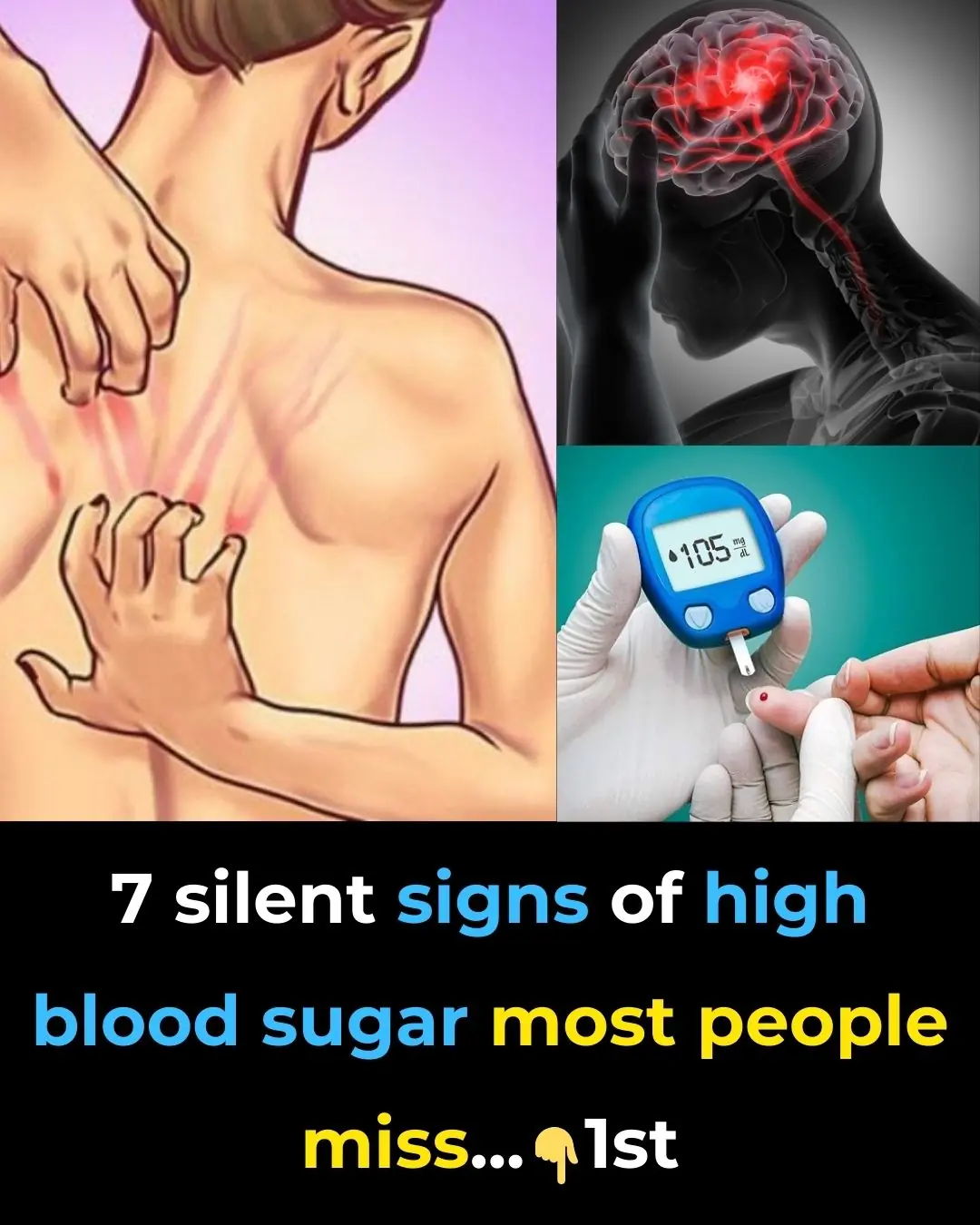
7 silent signs of high blood sugar most people miss

Every Time You Hold Back Your Anger, Your Brain Rewires Itself to Be Calmer And More Loving

How to Prevent and Treat Toenail and Foot Fungus

Can Cold Water Hurt Your Stomach?

How to Get Rid of Dead Dry Skin on Feet

Why You Should Start Using Coconut Oil as a Toothpaste
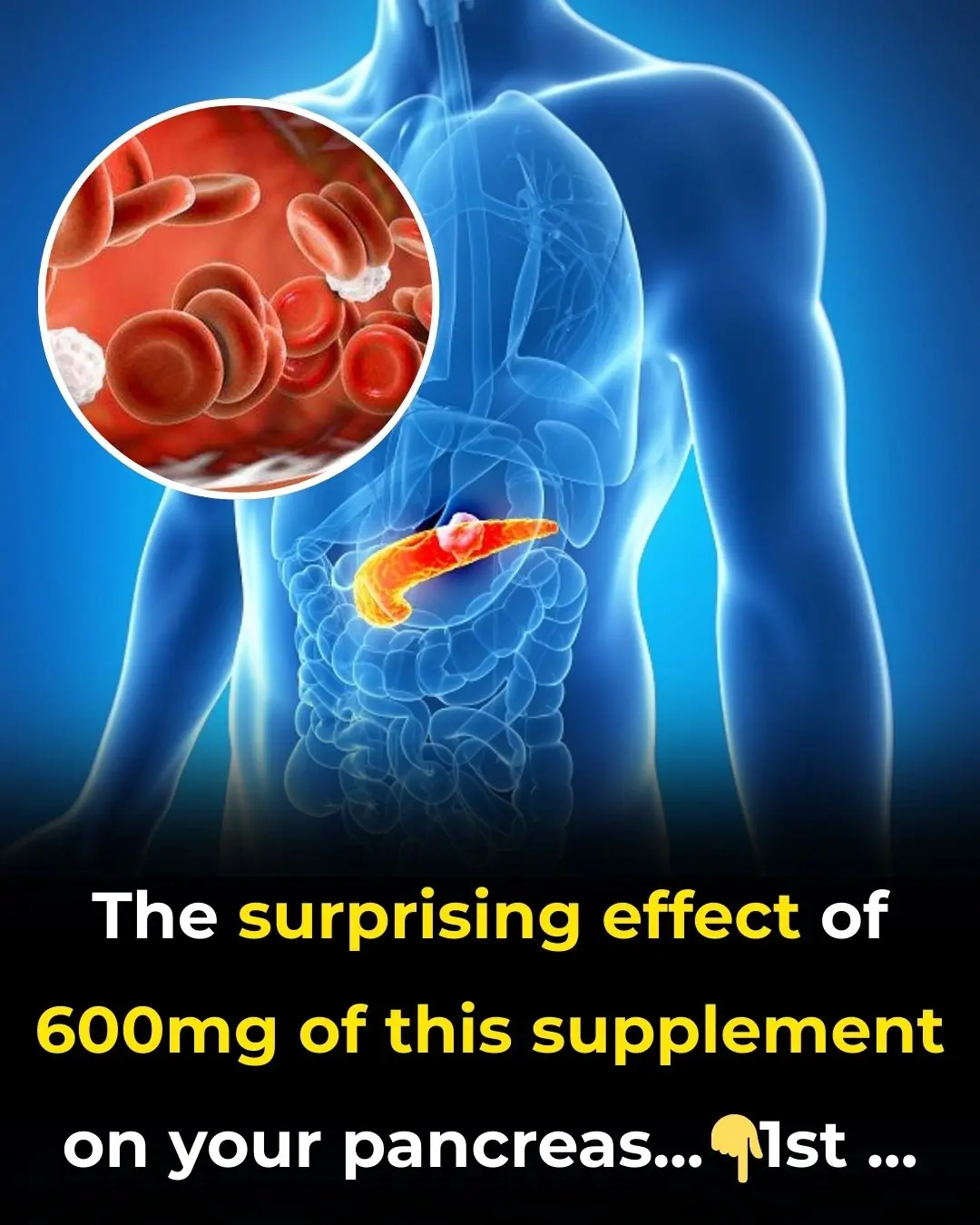
How 600mg of this supplement could transform your pancreas and insulin sensitivity!

7 Drinks That Improve Blood Flow and Prevent Varicose Veins (Backed By Science)

This Ancient Detox Juice Fights Cancer And Helps Regenerate New Healthy Cells
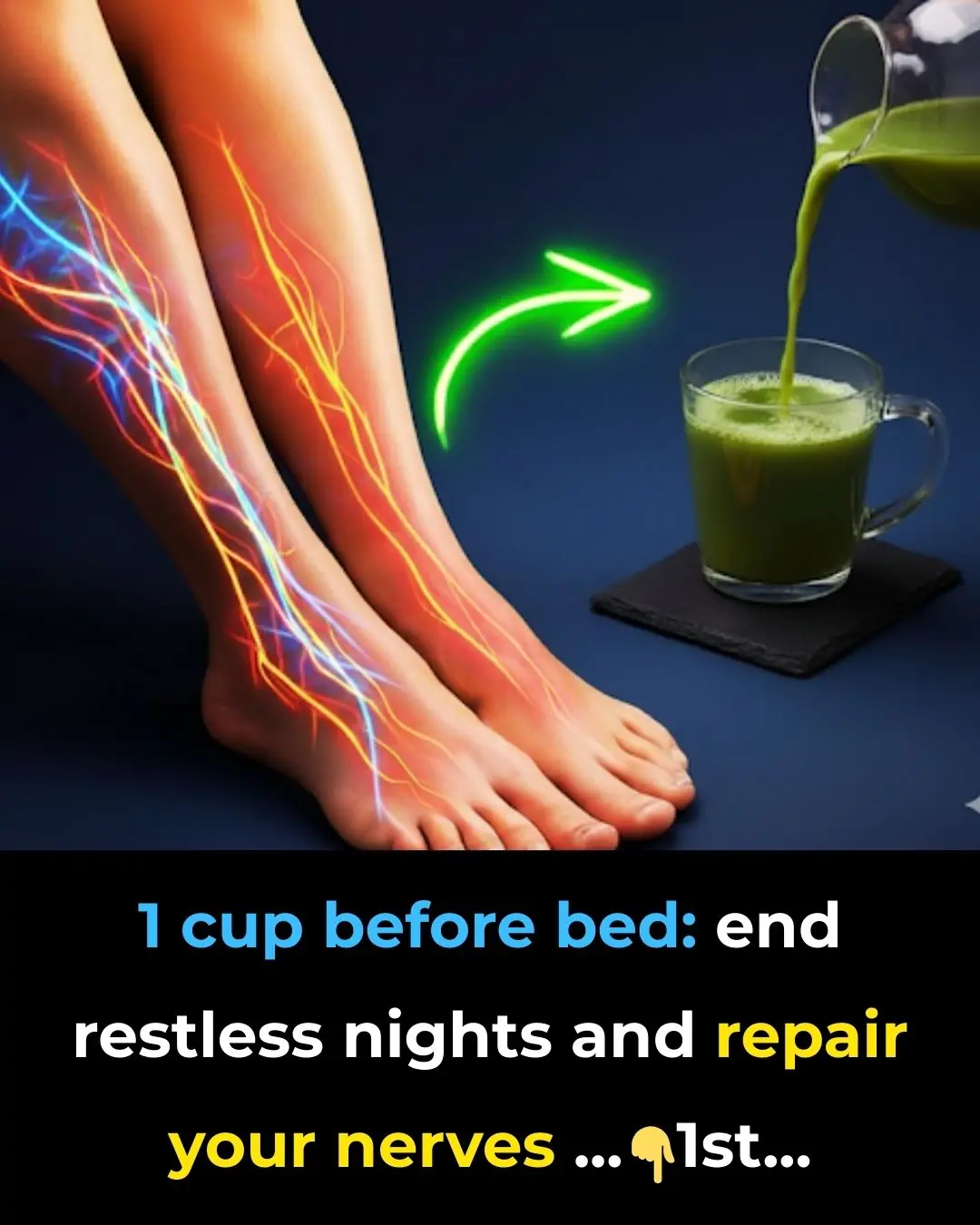
1 cup before bed: end restless nights and repair your nerves

Dogs Able to Sniff Out Parkinson’s Before Symptoms Appear

Plant-Heavy Diets’ Link to Reduced Cancer Risk Strengthened
News Post

The Best Home Remedies for a Sinus Infection

Three-Day Lymphatic Cleanse to Keep You Healthy All Year Long

Three-Day Lymphatic Cleanse to Keep You Healthy All Year Long

Scientifically Proven Benefits of Pumpkin Seeds (Pepitas) and Pumpkin Seed Oil

Top 8 Most Power-Hungry Devices, Using Twice as Much Electricity as Air Conditioners: Remember to Unplug After Use or Your Bills Will Skyrocket

Mosquitoes Fear This Simple Bowl of Water — Place It in Your Home, and Even the Most Persistent Mosquitoes Will Leave, Letting You Sleep Peacefully

Super Simple Toilet Cleaning Tip Using Just a Toilet Paper Roll Core and Vinegar

Do You Think Like an FBI Agent

The Mystery of the Milk Bottle Dent

What Happens When You Eat 3 Whole Eggs Every Day…You’ll Be Surprised What It Does To Your Body!

What Your Favourite Chocolate Says About You

More people are dying from heart failure, doctors warn: give up these 4 habits now

Think Bottled Water Is Safer Think Again

Saw This Trick For Oven Cleaning

1 cup to destroy inflammation, clear mucus & unclog sinus, chest, and lungs!

7 silent signs of high blood sugar most people miss

Every Time You Hold Back Your Anger, Your Brain Rewires Itself to Be Calmer And More Loving

Your Washing Machine Has a Special Setting That Dries Clothes Faster – Most People Don’t Know About It
